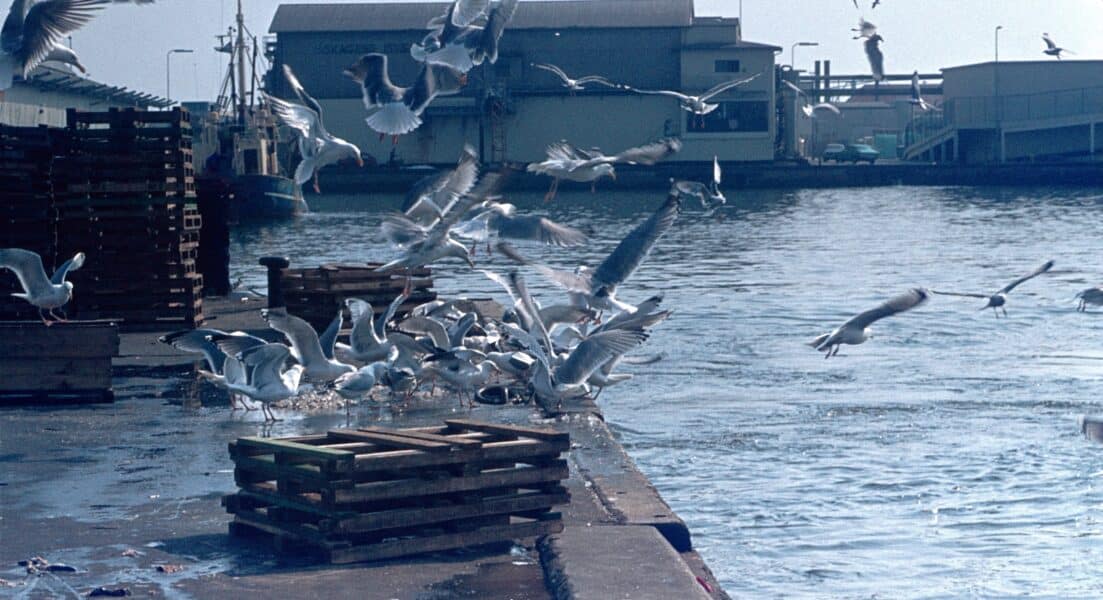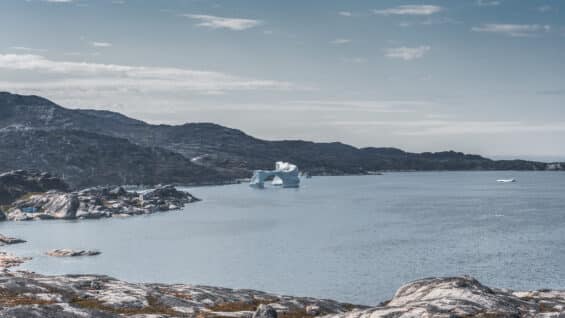Highlights of BlueRev analysis: Social Innovation in Greenland’s blue economy
The fishing industry is the most important economic sector in Greenland. It accounts for approximately 20% of the country’s gross domestic product (GDP) and employs around 6,500 people. The industry is also responsible for a significant portion of Greenland’s export earnings.
The main fish species caught in Greenland are shrimp, cod, halibut, and salmon. These fish are exported to markets all over the world, including Europe, North America, and Asia. Greenland’s fishing industry is also a major supplier of fish products to the European Union.
The fishing industry plays a vital role in the Greenlandic economy. It provides jobs and income for many people, and it contributes to the country’s tax base. The fishing industry also helps to support other sectors of the economy, such as the transportation and processing industries.
In recent years, the fishing industry in Greenland has faced a number of challenges, including transportation, overfishing and bycatch and climate change. Social innovation has the potential to play a significant role in addressing these challenges. By developing and implementing new ideas, products, and services, social innovators can help to make the blue sector more sustainable, inclusive, and prosperous.
Social innovation can address overfishing and bycatch by developing new fishing practices and technologies that reduce the pressure on wild fish stocks and transform the bycatch in added value products. Furthermore, social innovation contributes to create new jobs and opportunities, for example new businesses can be developed to provide services and process seafood products.
Ultimately social innovation contributes to the improvement of working conditions and safety of workers with new technologies to reduce the workload and physical demands on workers. New training programs can also be developed to improve the skills and knowledge of workers.







